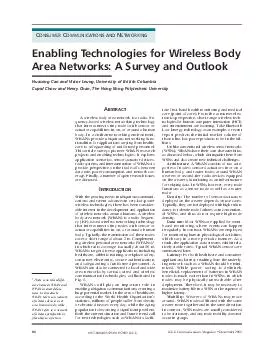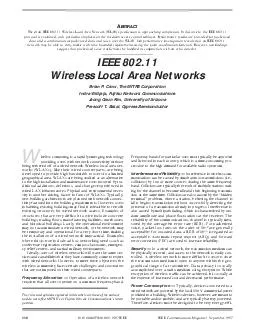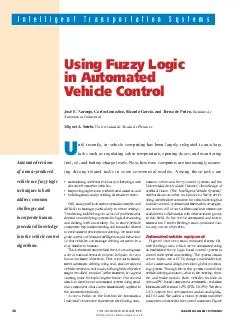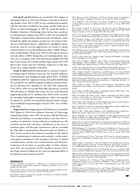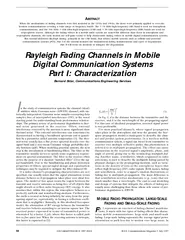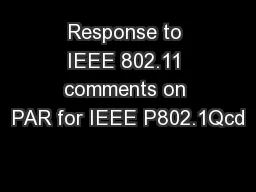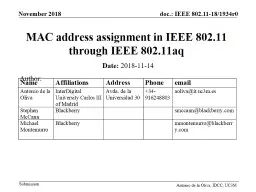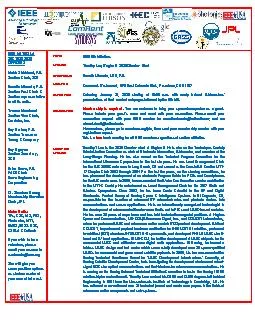PDF-IEEE Communications Magazine December
Author : kittie-lecroy | Published Date : 2014-12-27
00 57513 2009 IEEE There is no strict differ ence between WBAN and WPAN in their defini tions In this article WBAN refers to a network of wireless devices in or
Presentation Embed Code
Download Presentation
Download Presentation The PPT/PDF document "IEEE Communications Magazine December" is the property of its rightful owner. Permission is granted to download and print the materials on this website for personal, non-commercial use only, and to display it on your personal computer provided you do not modify the materials and that you retain all copyright notices contained in the materials. By downloading content from our website, you accept the terms of this agreement.
IEEE Communications Magazine December: Transcript
Download Rules Of Document
"IEEE Communications Magazine December"The content belongs to its owner. You may download and print it for personal use, without modification, and keep all copyright notices. By downloading, you agree to these terms.
Related Documents

